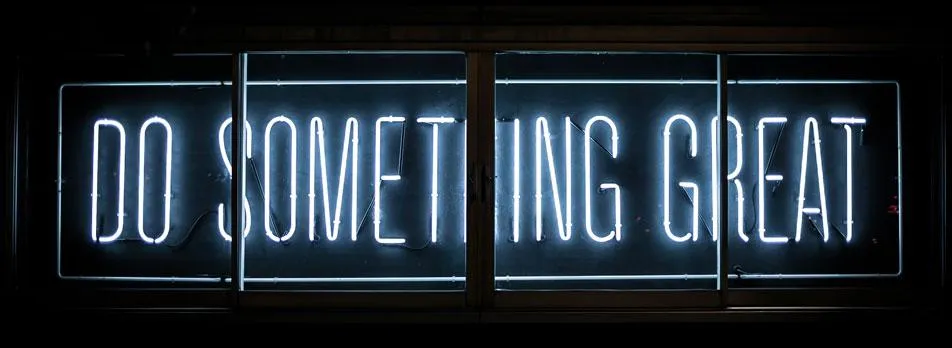MIKE MILANO
SPEAKER | CONSULTANT | AUTHOR
BLOG

Learning Good Leadership by Studying Others
“Human beings, who are almost unique in having the ability to learn from the experience of others, are also remarkable for their apparent disinclination to do so.” - Douglas Adams, author of A Hitchhiker’s Guide to the Galaxy
Vulnerability Requires a Will to Learn
Installment 1
When you mention the word “learning,” most people think about school and formal education. But learning isn’t a rote memorization of facts regurgitated at test time. Rather, it is the innate process in human beings that allows them to gain knowledge. Behavior psychologists’ theory for this process is called “social learning.” It goes like this. When someone encounters new information, the first item of business is to observe the thing in action, along with its context. Then they compare it to what they already know and decide how it fits into their lexicon of knowledge. Finally, they store the information in their memory and apply it in their own life.
How we learn in life.
This is how we learn the most important and basic things in life. For example, following a recipe would be impossible without understanding the basic concepts of cooking—what a stove is and how to use it, what purpose kitchen utensils serve, and what measurements mean. The social learning process is also how we refine and improve ourselves beyond the basics. Expanding on the cooking theme, the second season of the Hulu show The Bear demonstrates this beautifully. I love this show—it reminds me of my family’s Chicago roots, and my son Tony is a chef at a nice restaurant in Denver. In preparation for an opening date for their soon-to-be renovated downtown Chicago restaurant, the head chef sends his chef team out to visit the best chefs at the best restaurants in the world and learn from them—watching, trying, failing, experimenting, using the tried and true but challenging to master techniques of the elites of the cooking world. And, using the same social learning process, we also learn how not to do things by observing others and incorporating the lesson into our personal book of knowledge.
Well, the same process of observed and then applied learning, in terms of what to do and not to do, goes for leadership. Leadership is a form of social behavior. There is no leadership manual with a set of instructions that can churn out competent, effective leaders. Certainly, there are plenty of leadership books that talk about the subject and offer guidelines, including mine. But no matter how many books a person reads, they will still have to learn what good leadership means by studying others doing it well or poorly—or both. Leadership behavior must be observed, internally vetted, and incorporated into how we act. This requires one to be vulnerable.
Poor Leadership in the World.
The question then becomes, Why are there so many examples of poor leadership in the world? Why don’t people just observe the best leaders and emulate them?
Two reasons, I think. First, they don’t recognize who these people are. The definition of “good leadership” is not always clear or agreed upon. Second, for a variety of reasons, many leaders don’t believe other people’s experience is of value. They believe their situation is unique and hasn’t been experienced before—and that, therefore, no one else has anything useful to share.
Regarding the first point, in researching what others think are the most important traits of good leadership, I found no consistency. Everybody’s top 10 differed. All told, I discovered over 50 traits and behaviors associated with good leadership. The number doesn’t matter—any list of traits does little to define or illuminate the essence of good leadership, because it doesn’t show us how embodying these traits translates into good leadership behavior. Only by seeing these traits, whatever the list, and their consequences in action can we understand what good leadership looks like. Lists also don’t answer the question of which traits are critical and which are nice to have, or if different behaviors are more important than others in certain circumstances.
Here's an example. The US Marine Corps has 14 traits it believes makes leaders most effective. It’s an impressive list. But empathy didn’t make the list. But you can be sure that it likely is a top contender for someone in the mental-healthcare industry or leading a charitable organization.
Leadership is situational. Cookie-cutter approaches, lists, how-to books, etc., are points of departure, but application requires one to be vulnerable, to be open to what works and what doesn’t, to suspend preconceived notions of what is effective and what is not, to shed biases.
Next week—installment 2 on this theme of learning good leadership by studying others, and the perils of not taking to heart, not being vulnerable, in how others’ leadership behaviors in some situations may in fact apply to our particular situation.
I’d love to hear your thoughts on fear and vulnerability in leadership. Please feel free to send me your thoughts here on my website or email me directly at [email protected].
Photo credit: Miguel Á. Padriñán via Pexels
To read more about vulnerability in leadership, click here visit my Substack blog.



